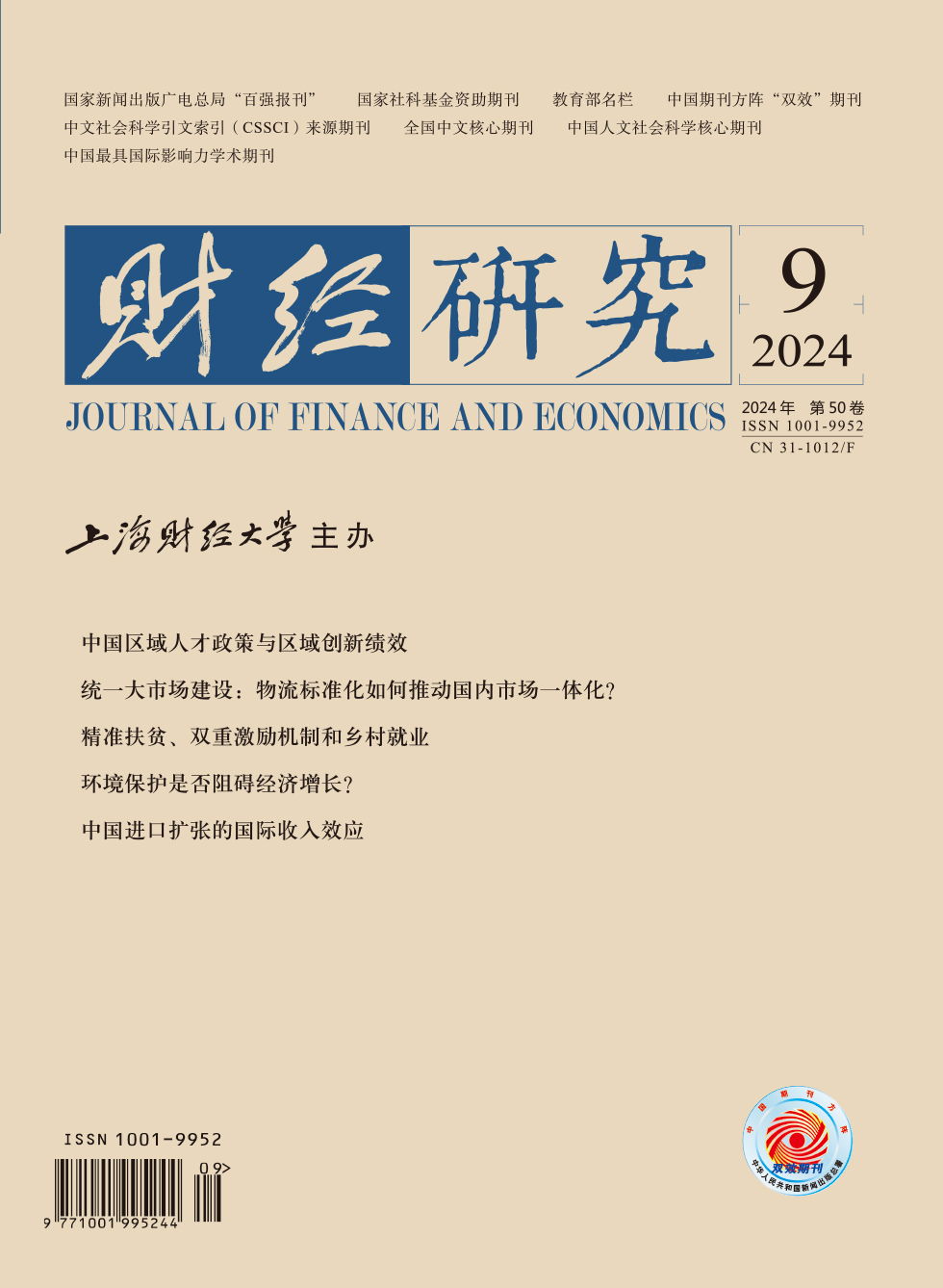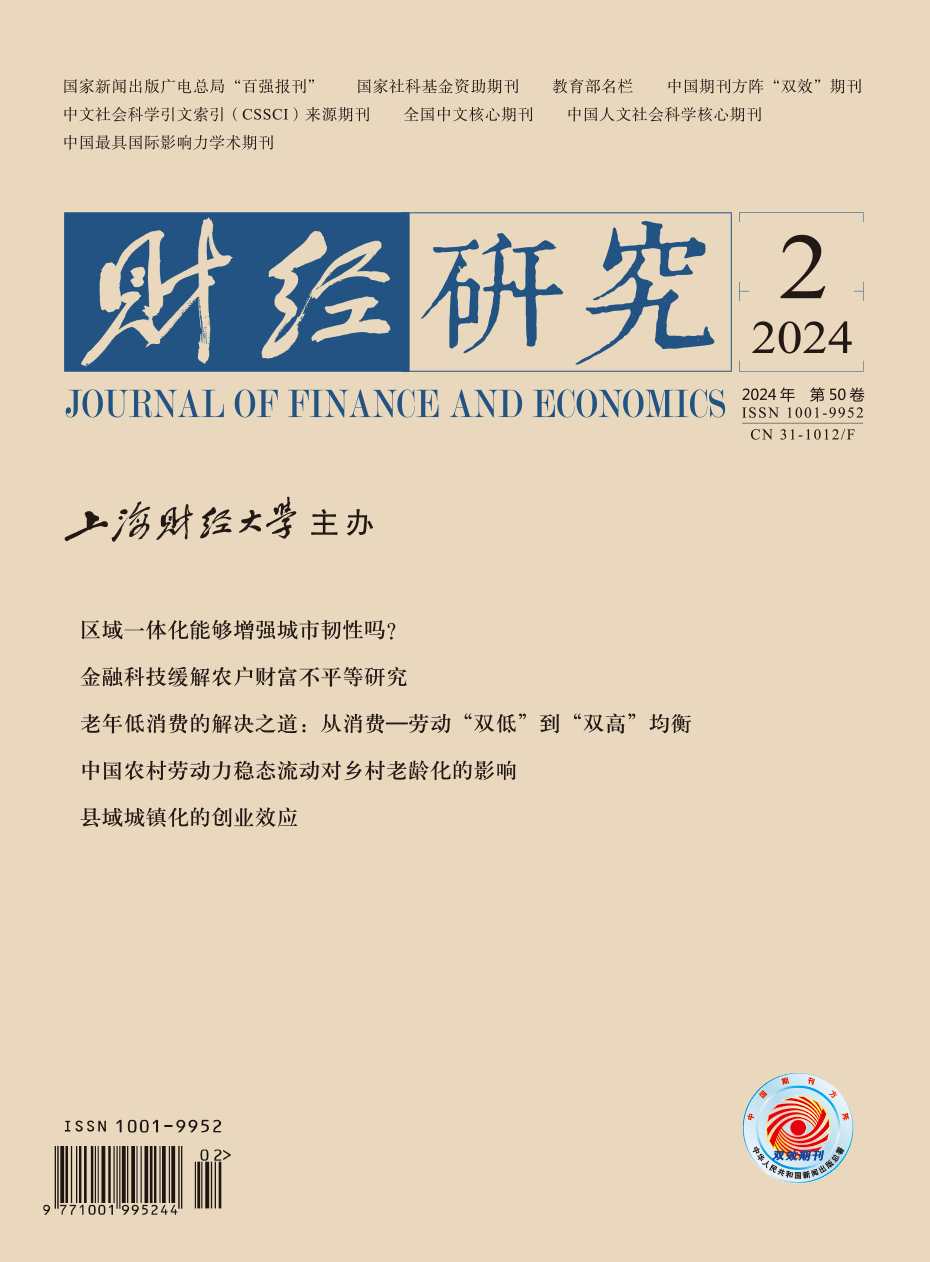The aging rate in rural China continues to accelerate, and rural areas remain a key and difficult point in actively responding to the national strategy of aging population. This paper employs data from the Thousand-village Survey conducted by Shanghai University of Finance and Economics from 2009 to 2021 for empirical testing, indicating that the flow of rural labor force tends to be steady, the intensification of rural aging has not weakened, and the urban-rural inversion phenomenon of population aging is more obvious.
The main reasons for this phenomenon are that: First, the nature of rural migrant labor force has changed. The outflow labor force is essentially urban workers with residence registration in rural areas, and it is the permanent population of cities and towns, which directly leads to the acceleration of rural aging. Second, the outflow labor force has adapted to the employment and living conditions in urban areas, and even if they return, most of them do not choose rural hometowns. The return has little effect on alleviating the accelerated aging of rural areas. Third, the traditional co-residence of ethnic groups is gradually being broken down, and settling in urban areas has become a vision and trend for the outflow labor force. Meanwhile, most of the people who settle in urban areas are young and middle-aged, and the elderly tend to stay in rural areas, which accelerates the pace of rural aging. Fourth, the impact of rural labor force flow on rural aging varies due to the differences in rural infrastructure, public services, social security, and employment opportunities, so it is necessary to continue to promote rural revitalization and the construction of a multi-level elderly care system in rural areas.
The contributions of this paper are as follows: First, it provides supplements on the content and data of relevant research. Second, it provides a new perspective to elucidate the sustained acceleration of rural aging in China’s rural areas. Third, considering non-economic factors such as local employment opportunities, infrastructure, public services, and social security, it delves into the differential impact of the steady flow of rural labor force on rural aging. This multifaceted exploration paves the way for innovative solutions to further promote rural revitalization and modernization of agriculture and rural areas in China.





 1782
1782  1722
1722

